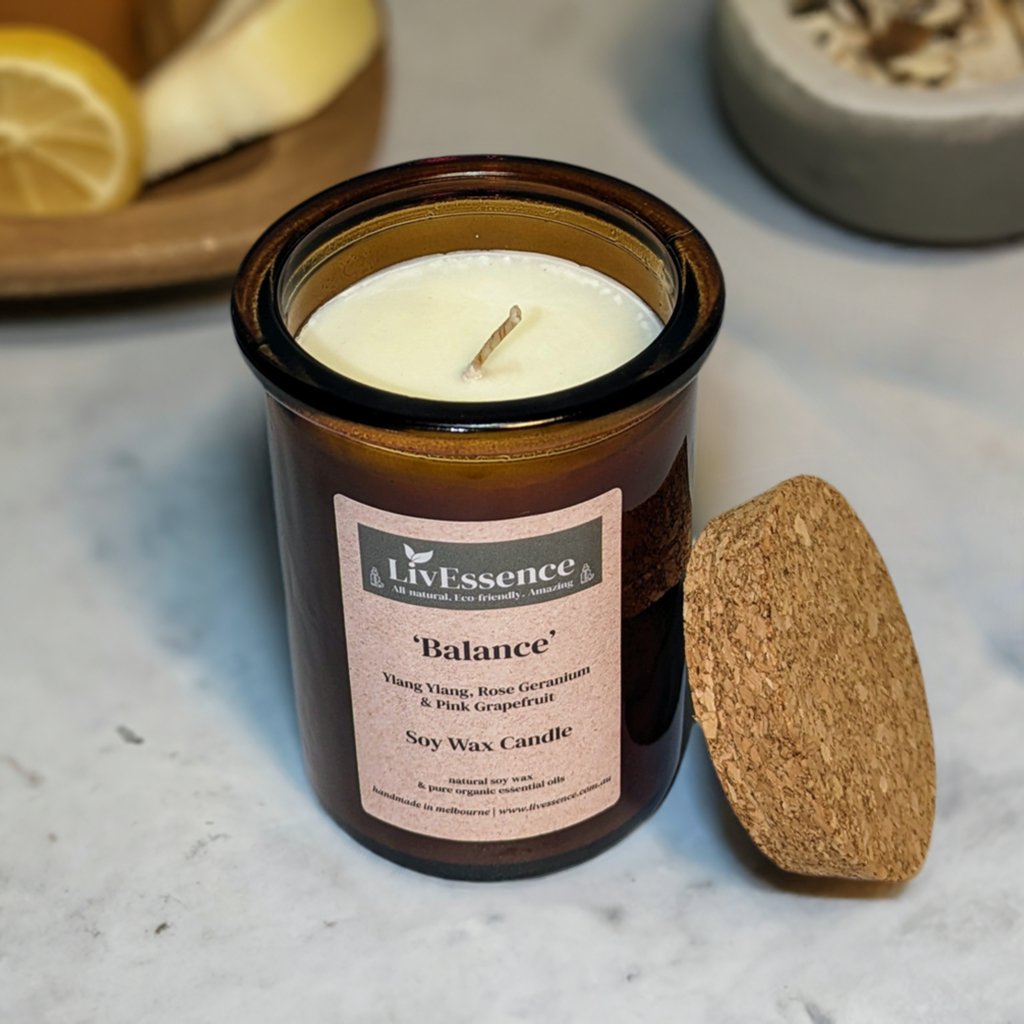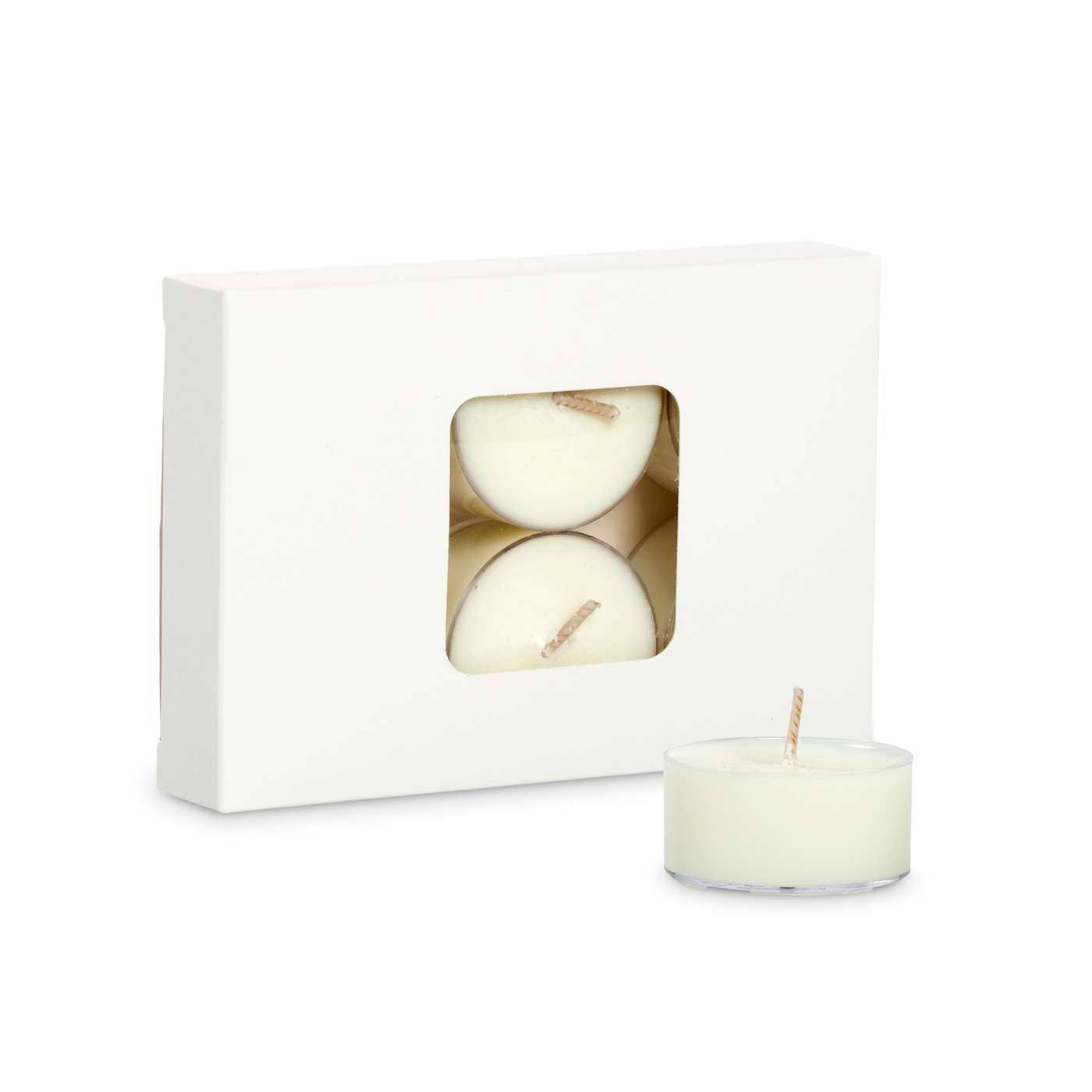Boost Your Area with Costs Soy Wax Candles and Home Fragrance
From Wick to Wax: Understanding the Chemistry Behind Soy Wax Candles and Their Ecological Impact
As we brighten our spaces with the cozy glow of candles, there lies a realm of intricate chemistry behind the seemingly easy act of lighting a soy wax candle light. The selection in between soy and paraffin wax expands past plain looks, delving right into the realm of ecological influence and the really make-up of the products. Comprehending the molecular structure of soy wax and its combustion process clarifies the discharges launched into our environments. Join us as we unravel the clinical complexities behind soy wax candle lights and discover their ramifications on our setting.
Soy Wax Vs. Paraffin Wax
When contrasting soy wax and paraffin wax for candle light production, it is vital to understand the unique qualities and advantages of each material. Soy wax is an all-natural, renewable energy stemmed from soybean oil, making it environmentally friendly and naturally degradable - home fragrance. On the other hand, paraffin wax is a result of petroleum refining, which increases worries about its ecological influence and sustainability
Soy wax candle lights melt cleaner and release much less soot contrasted to paraffin wax candles, making them a much healthier option for indoor air quality. In addition, soy wax has a reduced melting factor, permitting a longer-lasting candle that distributes fragrance a lot more effectively. Paraffin wax, on the various other hand, tends to melt faster and much less cleanly, potentially launching dangerous chemicals right into the air.
From a sustainability viewpoint, soy wax is preferred for its biodegradability and renewable sourcing, straightening with the growing consumer preference for eco conscious items. While paraffin wax has been a traditional selection in candle light making due to its price and ease of usage, the change in the direction of environment-friendly choices like soy wax is acquiring energy in the industry.
Chemical Make-up of Soy Wax

Burning Refine in Soy Candles
The chemical composition of soy wax directly affects the combustion process in soy candle lights, influencing factors such as melt time, fragrance release, and ecological effect. When a soy candle light is lit, the heat from the fire melts the wax near the wick. This fluid wax is after that created the wick as a result of capillary activity. As the liquid wax gets to the fire, it vaporizes and undergoes burning. The combustion process includes the vaporized hydrocarbons in the wax responding with oxygen in the air to generate heat, light, water vapor, and carbon dioxide.
The burning efficiency of soy candle lights is affected by the purity of the soy wax and the high quality of the wick. A clean-burning soy candle with an effectively sized wick will reduce and generate a stable flame residue development. This not just prolongs the melt time of the candle but also enhances the release of scents. Furthermore, soy wax candles have a lower ecological effect contrasted to paraffin candles as a result of their eco-friendly and eco-friendly nature.

Ecological Advantages of Soy Wax

Thought about a sustainable choice to traditional paraffin wax, soy wax offers noteworthy environmental advantages that make it a popular choice among eco-conscious customers. Soy wax burns cleaner and generates less residue than paraffin wax, adding to far better indoor air high quality and minimizing the requirement for cleaning and upkeep. In general, the ecological benefits of soy wax line up with the expanding need for environment-friendly and lasting items in the market.
Recycling and Disposal Considerations
Reusing and proper disposal of soy wax candle lights play an essential role in maintaining ecological sustainability and lowering waste in families and neighborhoods. When it concerns reusing soy wax candles, the initial step is to guarantee that the candle light has actually melted entirely. This can be attained by allowing the candle light to shed till the wick is no much longer useful, and then allowing the staying wax cool and solidify. As soon as the wax has strengthened, it can be thoroughly gotten rid of from the container.

In regards to disposal, if recycling is not a choice, soy wax candles are eco-friendly and can be safely taken care of in many home waste systems. Nevertheless, it is constantly advised to talk to local recycling centers or waste monitoring services for specific guidelines on candle light disposal to make certain appropriate handling and environmental defense.
Verdict
In verdict, the chemistry behind soy wax candles reveals their environmental benefits over paraffin wax candles. Soy wax, obtained from soybean oil, burns cleaner and produces much less soot when contrasted to paraffin wax.
When contrasting soy wax and paraffin wax for candle light production, it is crucial to comprehend the unique qualities and benefits of each material (soy wax candles).Soy wax candles melt cleaner and emit much less residue compared to paraffin wax candle lights, making them a much healthier option for indoor air quality.Considered a sustainable alternative to traditional paraffin wax, soy wax provides remarkable environmental benefits that make it a popular choice amongst eco-conscious customers. Soy wax burns cleaner and creates much less soot than paraffin crystal soy candles wax, adding to much better interior air quality and reducing the requirement for cleaning and maintenance.In verdict, the chemistry behind soy wax candles discloses their ecological advantages over paraffin wax candle lights